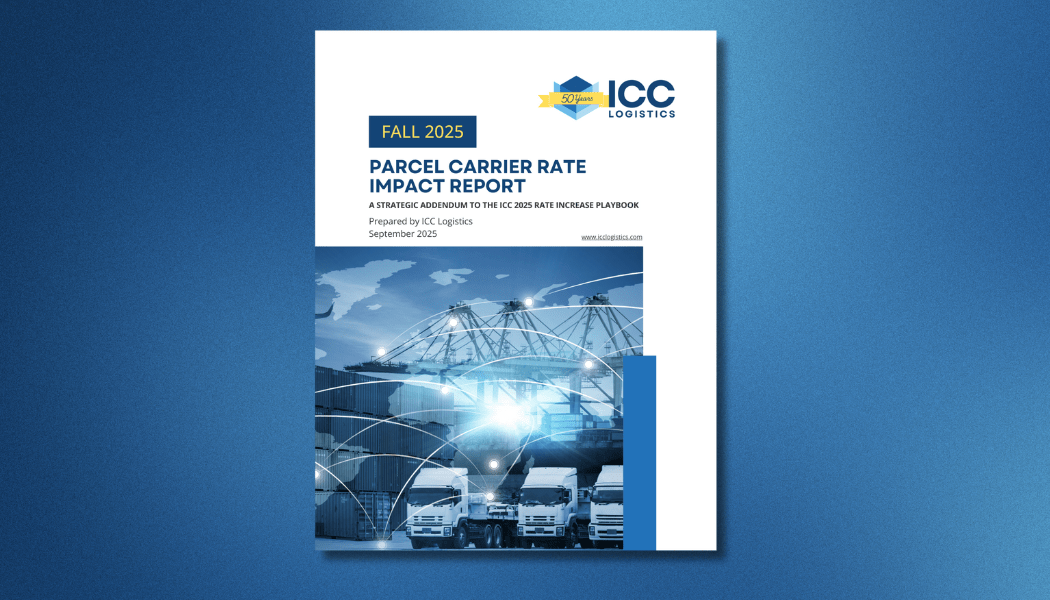E-commerce shipping is evolving faster than ever. While FedEx and UPS are cutting forecasts, last-mile delivery is heating up – driven by Amazon Shipping, USPS upgrades, and regional carrier expansion.
At the same time, shippers are being squeezed between rising carrier costs and customer expectations that haven’t changed. Fast, affordable shipping is still the norm, but it’s never been more expensive or complex to execute.
Here are 5 ways to take back control of your shipping costs in 2025:
1. Audit Your Freight Invoices – You May Be Overpaying
You can’t manage what you can’t see. Many high-volume shippers are unknowingly losing thousands each month to carrier billing errors, late delivery refunds they never claim, or incorrect surcharges.
A freight audit can uncover:
- Duplicate or incorrect charges
- Missed guaranteed service refunds
- Overlooked accessorial fees
Solution: Implement a consistent freight audit and cost recovery process to identify and reclaim lost dollars.
2. Watch for Surcharges and “Surge” Fees – They Add Up Fast
From UPS’s new Asia-origin “Surge” fee to fuel and dimensional charges, hidden fees are the silent killers of shipping profitability.
These fees include:
- Peak season surcharges
- Fuel and residential delivery fees
- DIM weight adjustments
- International service accessorials
Solution: Track these fees across invoices and carrier services – and flag anything outside your contracted terms for dispute or renegotiation.
3. Reevaluate Your Carrier Contracts – They May Be Outdated
If your carrier agreements are 12–24 months old, they likely no longer reflect today’s rates, service levels, or shipping patterns.
Common issues we see:
- Contracts not aligned with current shipping volumes or zones
- Missed opportunities to renegotiate on favorable terms
- Lack of benchmarking data to negotiate competitively
Solution: Review your agreements annually. Use market data to benchmark your rates and renegotiate smarter — not just cheaper.
4. Diversify Your Carrier Mix to Reduce Risk and Cost
With regional carriers expanding and USPS offering new last-mile options, e-commerce brands have more flexibility than ever.
Benefits of diversification include:
- Reducing reliance on a single major carrier
- Better last-mile coverage in key delivery zones
- Potential cost savings for specific shipment profiles
Solution: Evaluate regional and hybrid carrier models to find the right mix for your delivery strategy and customer base.
5. Use Logistics as a Strategic Lever – Not Just a Line Item
The most resilient e-commerce brands treat logistics as a competitive advantage, not just a cost center.
Key practices include:
- Analyzing shipping data to guide strategy
- Investing in routing optimization
- Setting KPIs for carrier performance and invoice accuracy
Solution: Make logistics part of your strategic planning – not a reactive spend.
Don’t Wait Until It Hurts
In a volatile market, waiting to “see how Q2 plays out” could mean lost profit and missed opportunities. If it’s been over a year since your last freight audit or contract review, now’s the time.
Get your FREE Logistics Assessment today and find out how much you could be saving.



 to receive our FREE white papers:
to receive our FREE white papers: